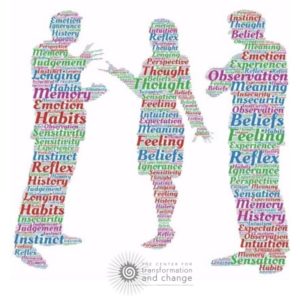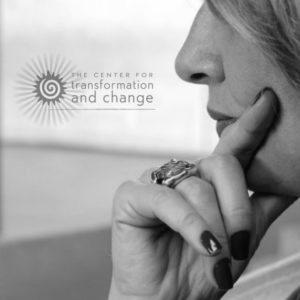Know the Warning Signs You’ve Been Triggered to Navigate Difficult Situations.
Look around. When was the last time you witnessed or were involved in a triggering situation? If you really take the time to observe, you’ll probably notice triggering events happening all around you, all the time.
Even in organizations with some of the best laid-out plans, conflict in the workplace still happens.
Conflict in the Workplace Sends Productivity Plummeting
Even a seemingly minor disagreement can spiral out of control into a conflict in the workplace that undermines productivity and erodes professional relationships.
What about you? Have you ever reacted on automatic pilot in a way that was less than productive when you felt triggered? Maybe some of these statements sound familiar:
- I just snapped.
- She pushed me to the limit.
- I don’t even know why I said that.
- He caught me off guard.
- I reached my boiling point.
In truth, triggering circumstances can and do happen to all of us. Today, let’s focus on what happens “behind the scenes” when you get triggered – and how to identify your “early warning signs”. Ultimately, this can help you better navigate conflict in the workplace – and beyond.
What Really Happens When Your Buttons Get Pushed
You’re going about your workday as usual when it happens…something just rubs you the wrong way. Your feathers get ruffled. Your buttons have been pushed. Whatever you call it, you’ve been triggered.
Enter: the “reptile brain” – the amygdala. It’s happy to take over, to protect us from whatever it interprets as a dangerous situation. That’s when we experience the all-too-familiar fight, flight, or freeze reactions.
Stress hormones are released and we experience immediate physiological changes. You might notice:
- a rush of adrenalin
- a racing heart
- more rapid breathing
- a sensation of blood rushing through your body
- heightened senses
- feeling like you’re on ‘high alert’
This is all fine – if you’re in a dangerous real-life situation and you need to get to safety right away. The problem is that in most cases, the situation is far from dangerous. And that rapid stress response sets us up to react ineffectively in the present moment.
Watch for Early Warning Signs to Effectively Navigate Difficult Situations
 Identifying your unique set of physiological “warning signs” is a key component in responding more effectively to a triggering situation. Think back to a time when you felt triggered.
Identifying your unique set of physiological “warning signs” is a key component in responding more effectively to a triggering situation. Think back to a time when you felt triggered.
Maybe you can recall feeling:
- your mind racing
- the pounding of your heart
- a flushed feeling in your face
- an influx of heat in your body
- difficulty breathing
- clenched fists and/or jaw
- tightening muscles or generalized tension
- a sense of urgency to respond right away
- a desire to “shut down” or pull away
- a need to escape, pronto
Can’t Identify Your Early Warning Signs? Try This.
If you’re struggling to identify signals such as the ones outlined above, I suggest asking your colleagues and friends for help. Why? Chances are, they’ve witnessed (or been on the receiving end!) of your triggered reactions.
Here are some questions you can ask:
- How do you know I’m feeling triggered?
- What are the physical reactions you observe?
- What nonverbal reactions do you notice?
The feedback you receive can be invaluable, particularly as it relates to some of your more unconscious signals that you may not even be aware of. Consider digging even deeper by asking others what particular situations they notice trigger you the most.
If you’re interested in gaining in-depth insight into how and why you get triggered – and what to do to respond more effectively in the future – bring your colleagues and join me October 25th 2018, for a 3-hr LIVE virtual training event, Navigating Difficult Situations, Pt. 2. Register today.





